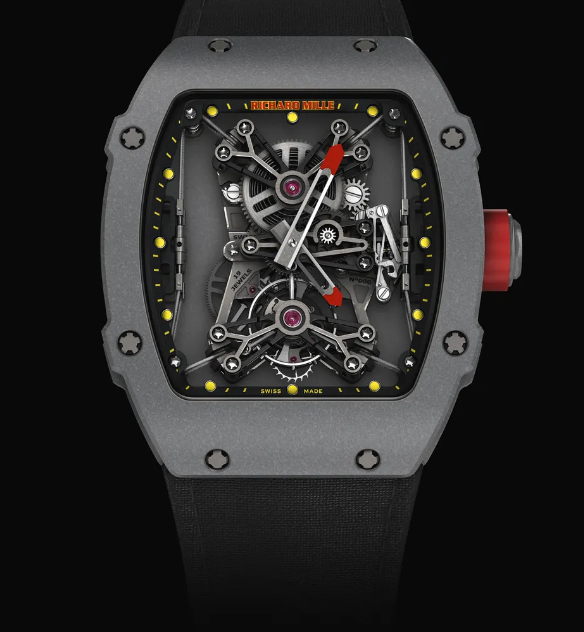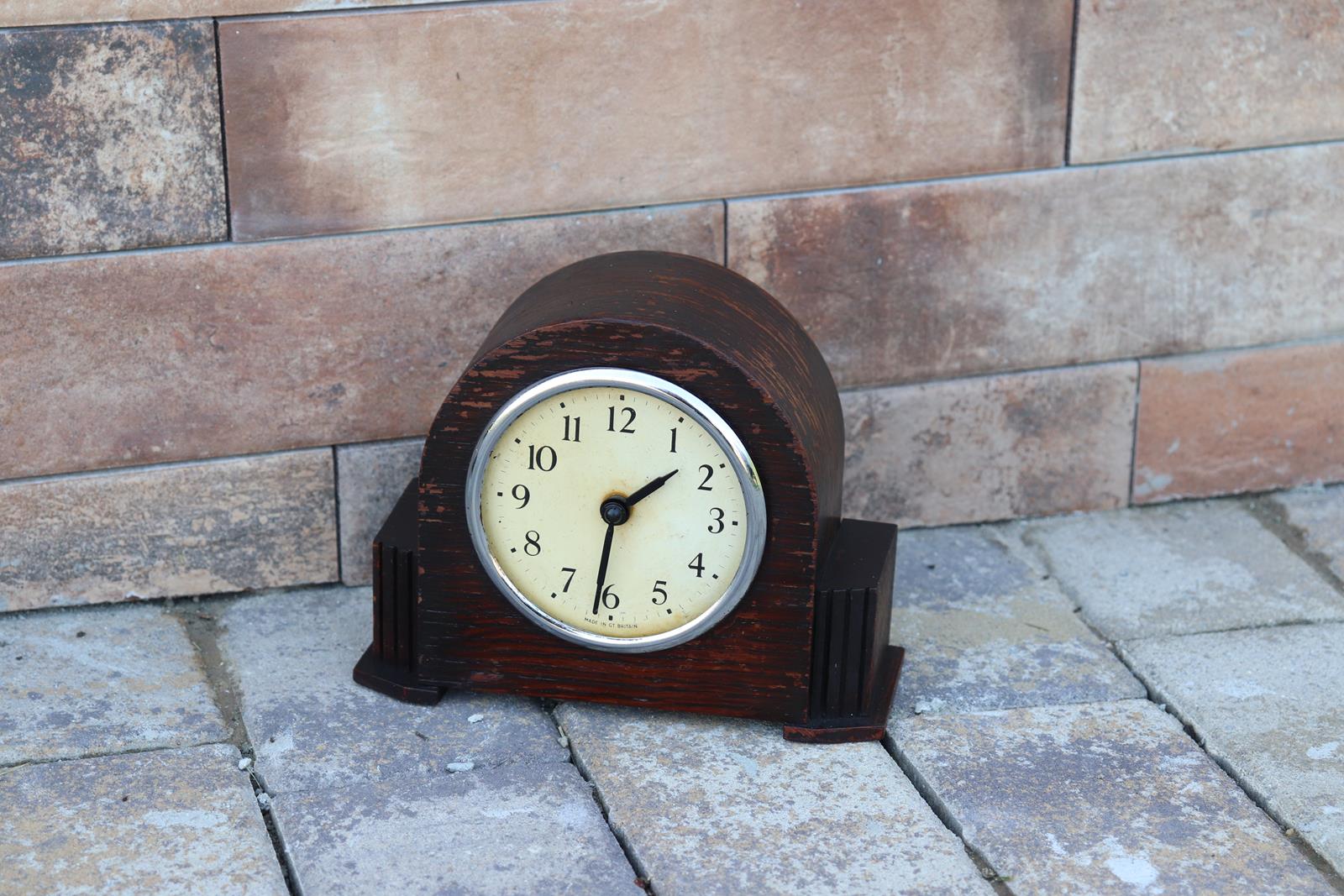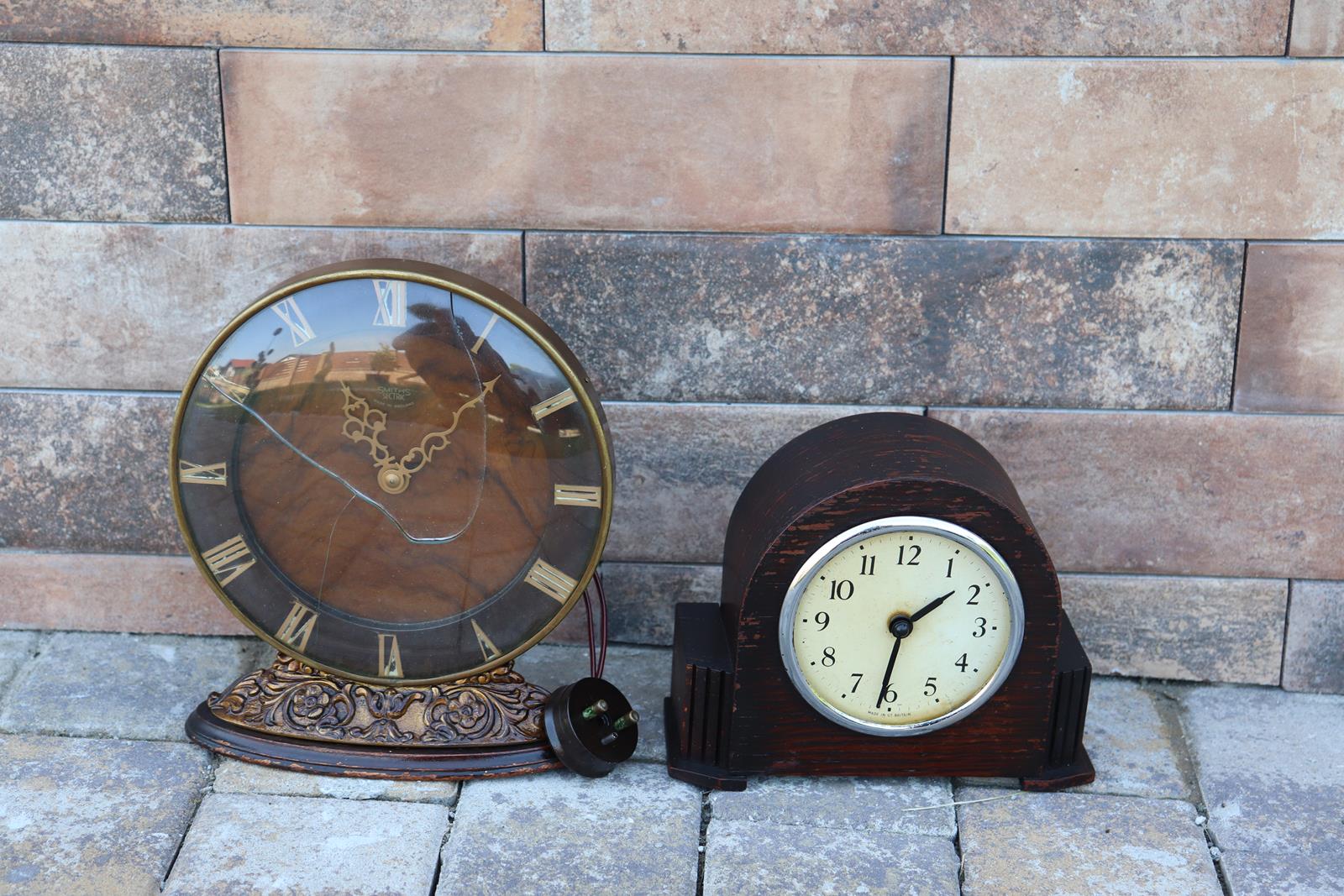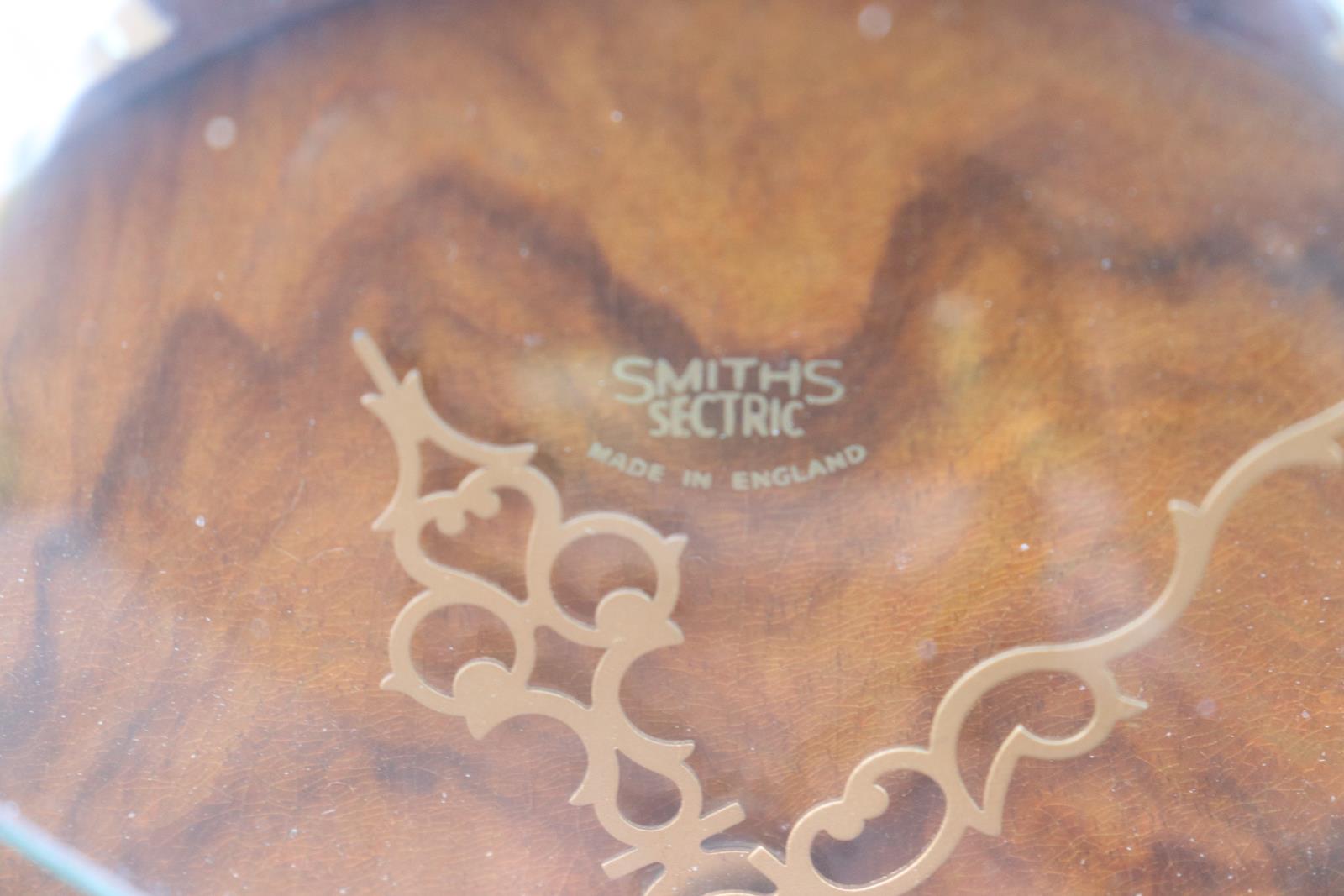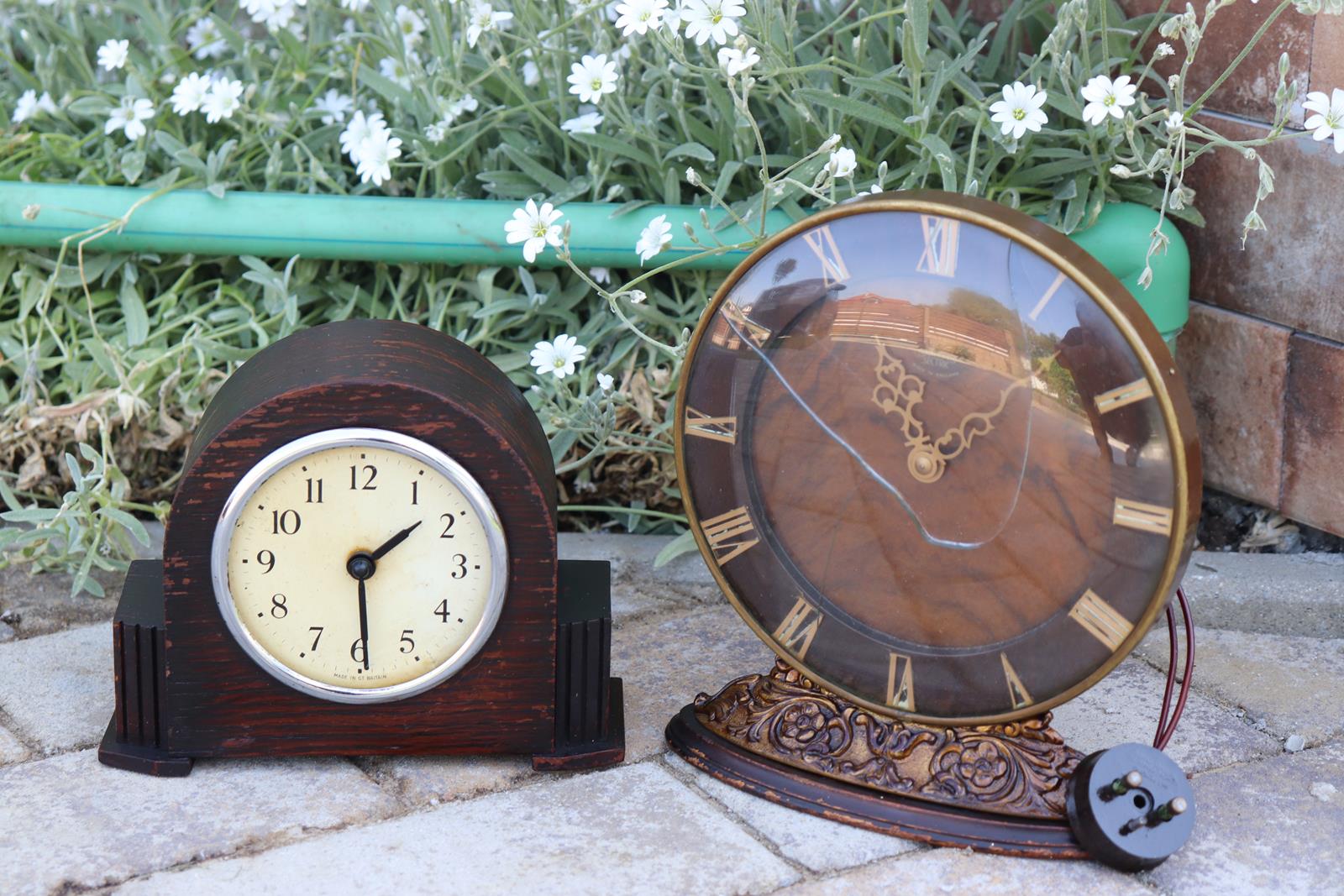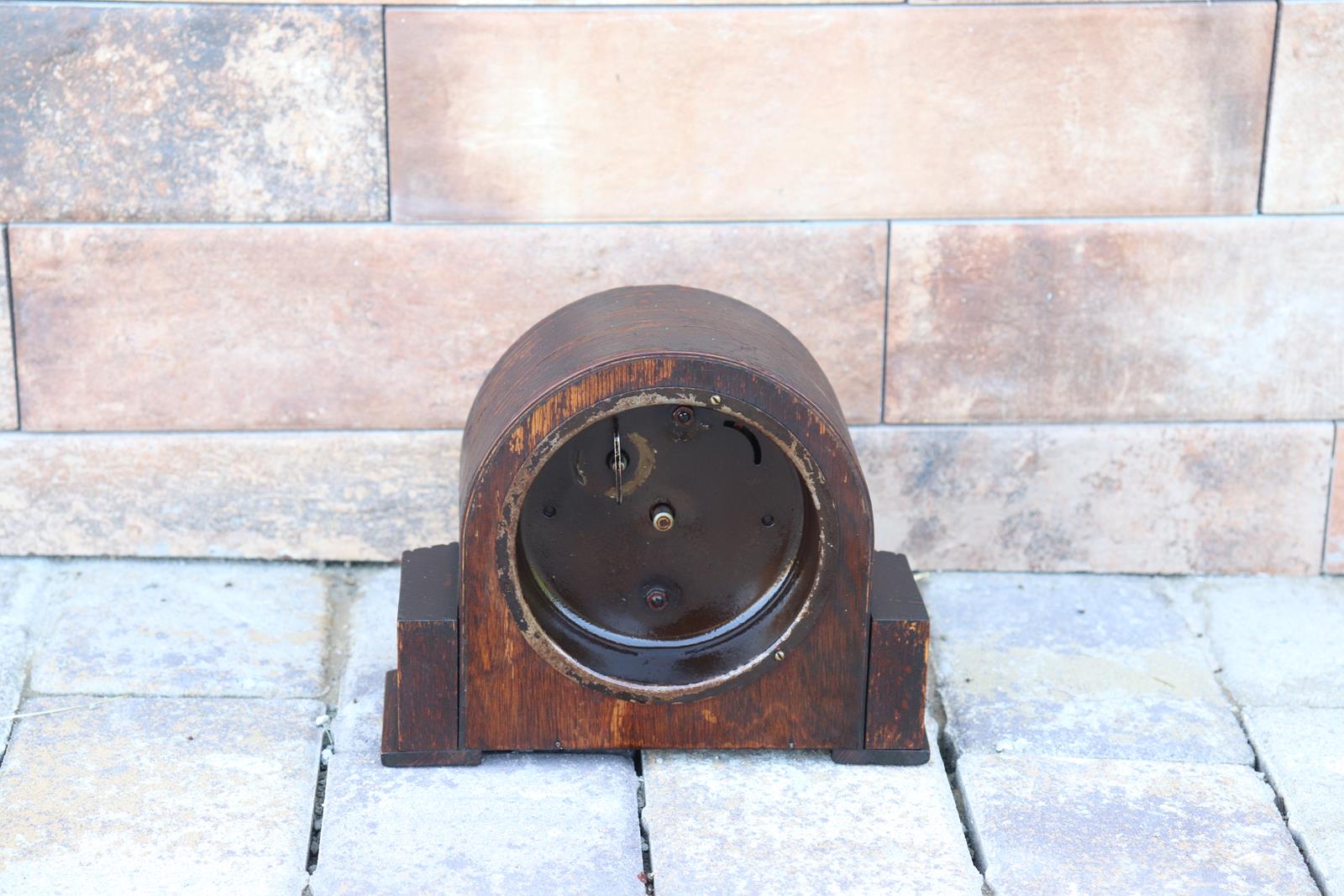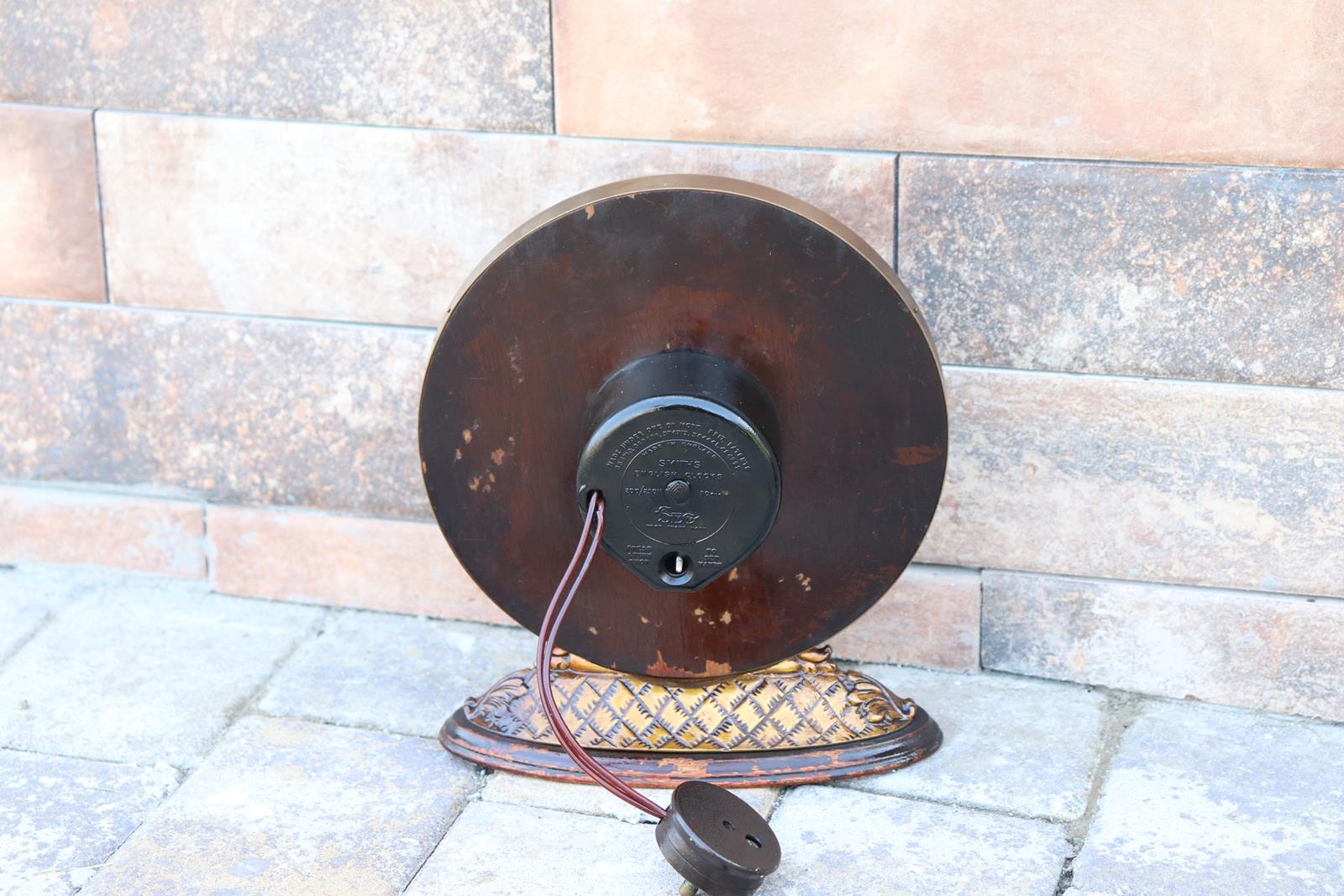Founded in 1851, Smiths were once the largest clock manufacturer in Europe. From their head office in Cricklewood, North London, they produced clocks for the home, workplace, aircraft and the motor industry. Smiths clocks could be found everywhere from railway stations to schools, from Bentley’s to Mini’s and even Spitfire aircraft.
Please note that this brief history concentrates on Smiths as manufacturers of Domestic Clocks. The parent company had enormous ramifications (summarised to some extent in the origins chapter) but this history is only concerned with clocks.
In 1931 Smiths, then called S Smith and Sons (motor accessories) Ltd., decided to enter the domestic clock market and formed a new company, Smiths English Clocks Ltd., as the Clock and Watch division of S Smith & Sons (Motor Accessories) Ltd. with Cricklewood as the main factory.
Smiths were one of the first companies to produce synchronous electric clocks. These were put on the market towards the end of 1931. It seems that Smiths formed a subsidiary company called “Synchronous Electric Clocks Ltd” to produce these clocks as the first models are so marked.
In 1932 Smiths purchased a company called “English Clock and Watch Manufacturers Ltd” of Coventry and thus acquired the famous trade names Astral and Empire which they subsequently used extensively. See “Names” chapter.
Smiths were one of the first to produce a synchronous alarm clock, shown in advertisements in 1934, which they named the “Callboy”.
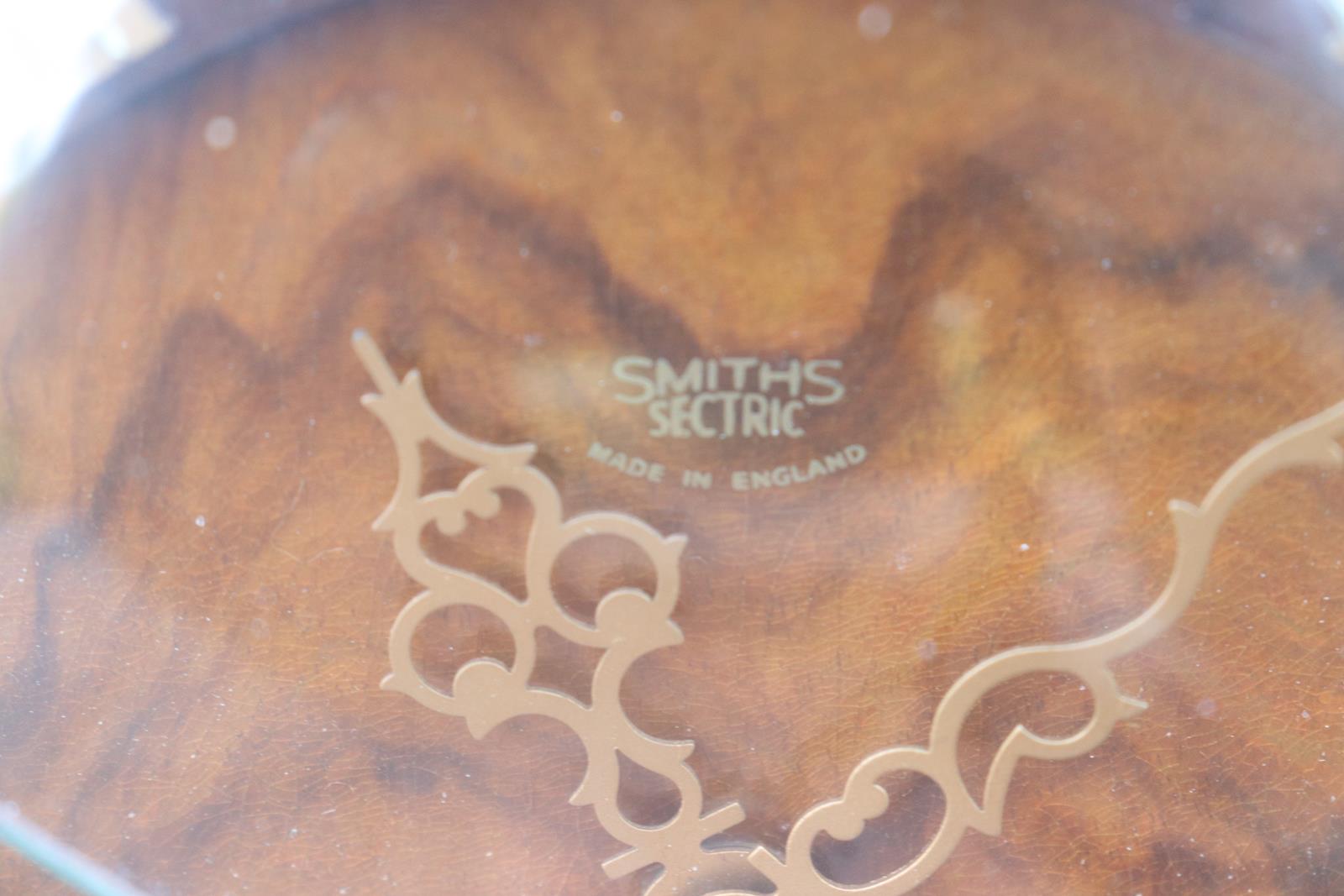
In 1934, Smiths bought out the shareholders of the “Enfield Clock Company”. That purchase was unusual in that the shareholders were replaced but the directors and work force were retained and production at the Edmonton factory under the Enfield name continued until about 1950. See “Names” chapter.
The Smith’s 8 day calotte clock made its debut at the British Industries Fair in 1934. Prior to this date calottes had been exclusively of foreign manufacture.
Also in 1934, Smiths introduced the “Batriclock” which was intended for areas where the synchronous clock could not be used.
This was followed in 1935 by the “Synfinity”, which Smiths described as “the clock that never stops”. They said it was “the remarkable combination of a synchronous electric movement with the essential elements of a fine precision lever escapement”. If the electric supply failed the clock would run for up to six hours and rewind when the power returned. Apparently the synchronous motor also corrected the mechanical time train at intervals.
Also around 1935, Smiths produced a synchronous electric chiming clock.
From 1937 the trade name “Sectric” appears on Smiths electric clocks. (Advertisements in HJ used the phrase “Smiths Synchronous Electric clocks” until Jan37 and “Smiths Sectric” from April 37 At the time, Smiths were using a clockface type of cartoon character in their advertisements and his name also changed)
1937 also saw the introduction by Smith’s of a calotte clock with an alarm movement.
During the war (1939 to 1945) Smiths’ production expanded. There was a demand for motor, aircraft and marine instruments for the Services and the production of industrial instruments, hitherto imported, was begun. Fuses for shells were also manufactured.
In 1944 A major regrouping of the whole Smiths organisation was carried out.
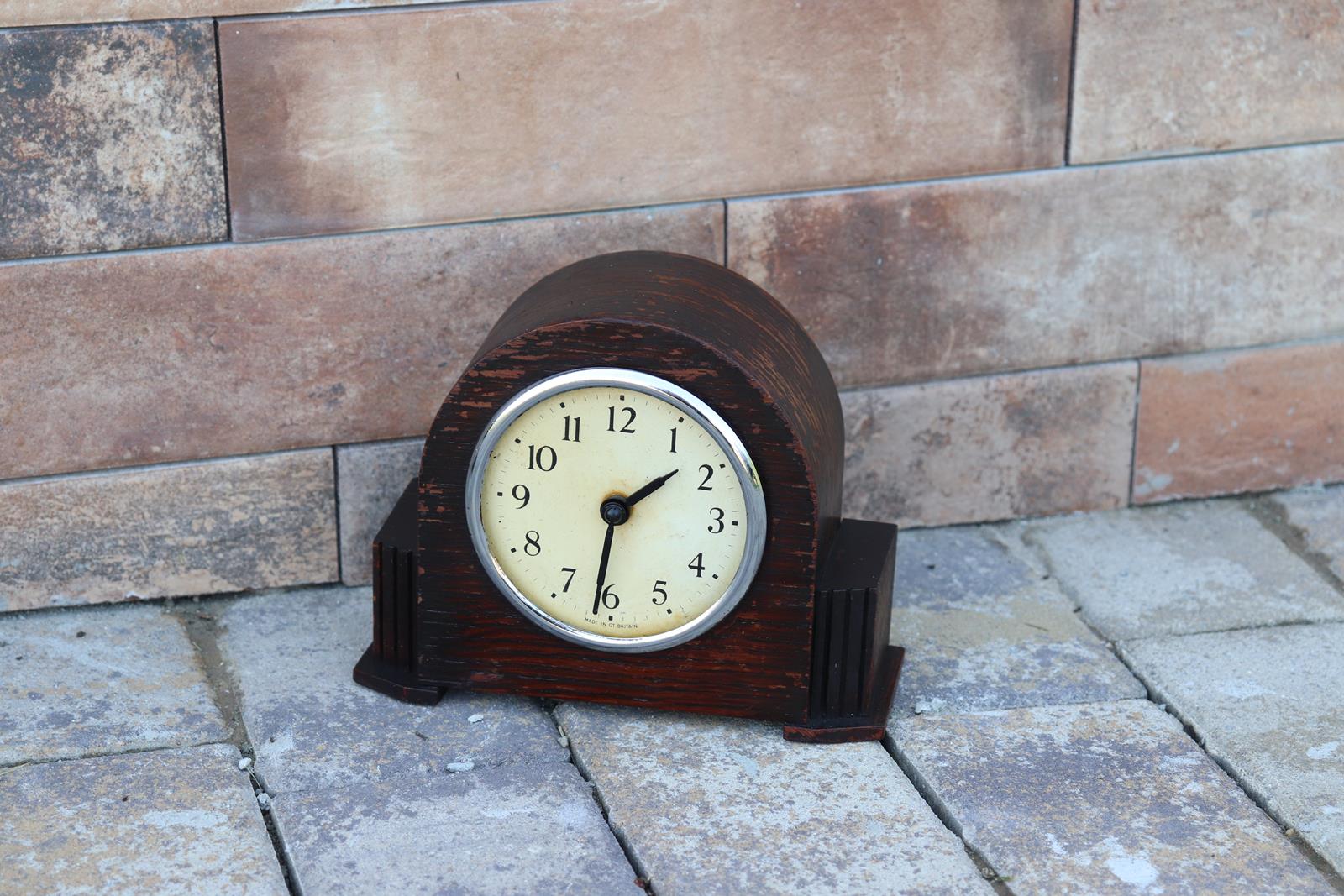
Mechanical clocks
In 1956 Smiths offered clocks with the new “floating balance” movement invented by Hettich in Germany and licensed to Smiths. In 1960 they offered a smaller version to their own design, which was widely used as regulation was easy and precise . The floating balance had advantages over older escapements It is robust and less sensitive to disturbance, as for example when dusting, or to being out of level.
In 1970 they introduced a range of clocks using the Tensator movement in which a special spring provides constant torque and potentially better timekeeping.
Battery clocks
Historical note: In 1953 Leon Hatot of Paris had patented the use of the transistor in a pendulum clock. The patents also covered balance controlled movements. The system was licensed to other makers and in Europe most development used the principle of a balance controlled movement with fixed coil and moving magnet. The alternative, a moving coil with fixed magnet, was generally dismissed as being too complex.
In 1958 and 1959 Smiths patented moving coil clocks incorporating transistors, but did not put any models on the market until 1962 when they announced the “Sectronic”, which had a moving coil movement. This movement had three hairsprings which served to carry current to the coils.
Over the next few years they re-designed the movement and introduced the Sectronic mark II in 1969. Both the mark I and the mark II were complex and difficult to manufacture. One report indicates that production of these movements ceased in 1970.
In 1972 they announced a battery clock with a much simpler moving magnet and fixed coil design (as used in Europe). This may be the Mark 4, which is fully described in the 1973 catalogue. I also have a leaflet, issued after the company name change in 1977, describing a “Jewelled Electronic Battery Movement” which appears similar to the Mark 4 but has a different arrangement of the circuit board.
In May 1971 Smiths launched the Tuning Fork battery clock and the June 1971 issue of the Horological Journal has a detailed article on the movement.
The movements were in fact made by Jeco of Tokyo who licensed Smiths as sole UK agents. I understand that Jeco themselves manufactured under a license from Horstmann-Clifford Magnetics of Bath UK.
The first tuning fork clocks produced had a Smiths sticker over the JECO name, but later movements had “Smiths Industries Limited. Clock & Watch Division” moulded into the movement cover.
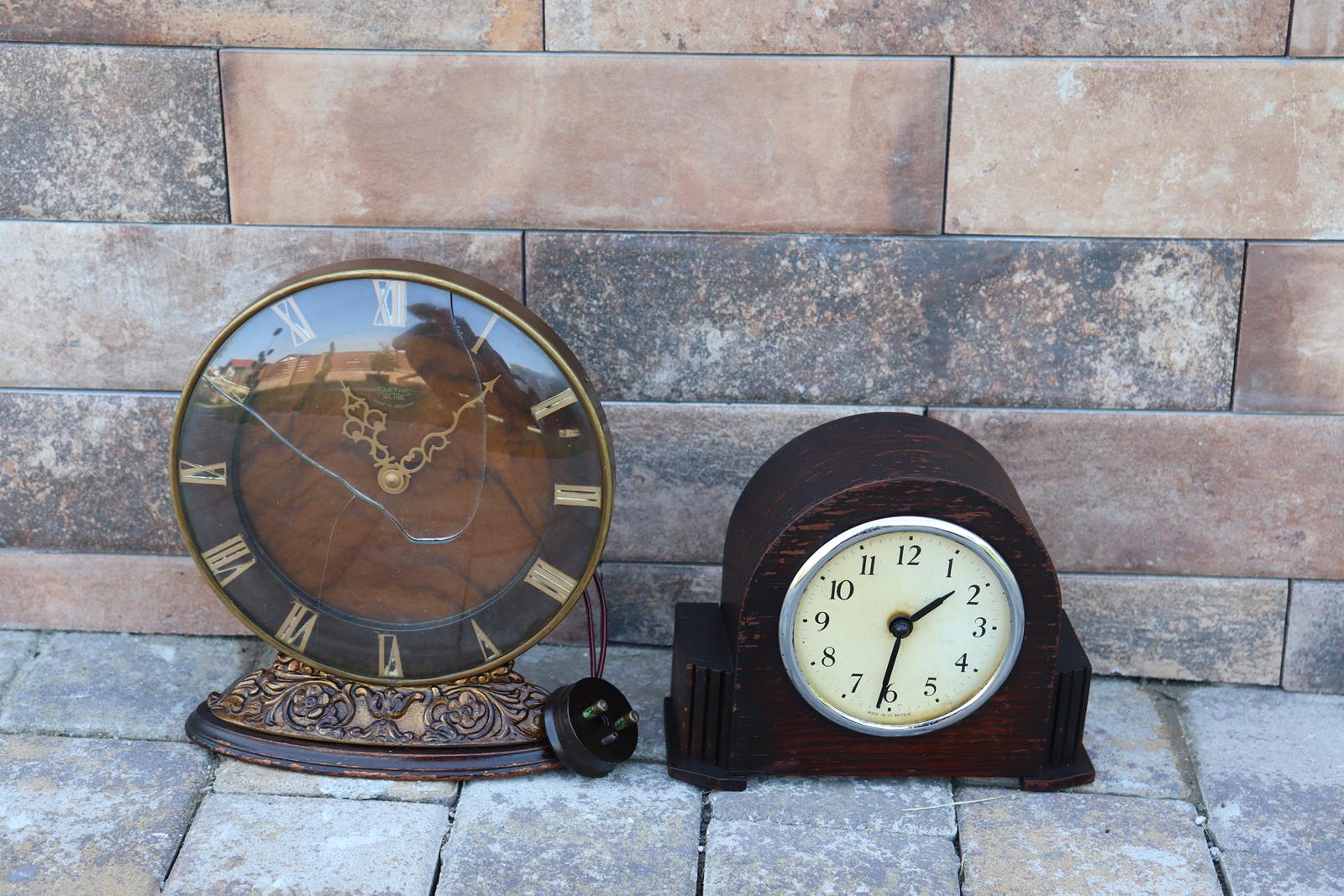
Quartz controlled clocks
Historical note: Quartz controlled clocks were produced in Germany in 1971 by Staiger and Junghans. Smiths announced their own design of quartz movement in mid 1975 with production reaching 12,500 units per week in June 1977 (per HJ sep 77), but this movement does not appear to have remained in production for long as later clocks of Smiths manufacture have quartz movements produced by other makers in Europe.
The latter half of the 1970s saw the decline of the clock and watch manufacture by all European and British companies as they were unable to compete with lower cost products offered by makers in the Far East.
Smiths ceased to produce clocks for the domestic market in 1979.
Source: Brief History of Smiths English Clocks Ltd
Never miss a story that matters. Subscribe to our newsletters!


